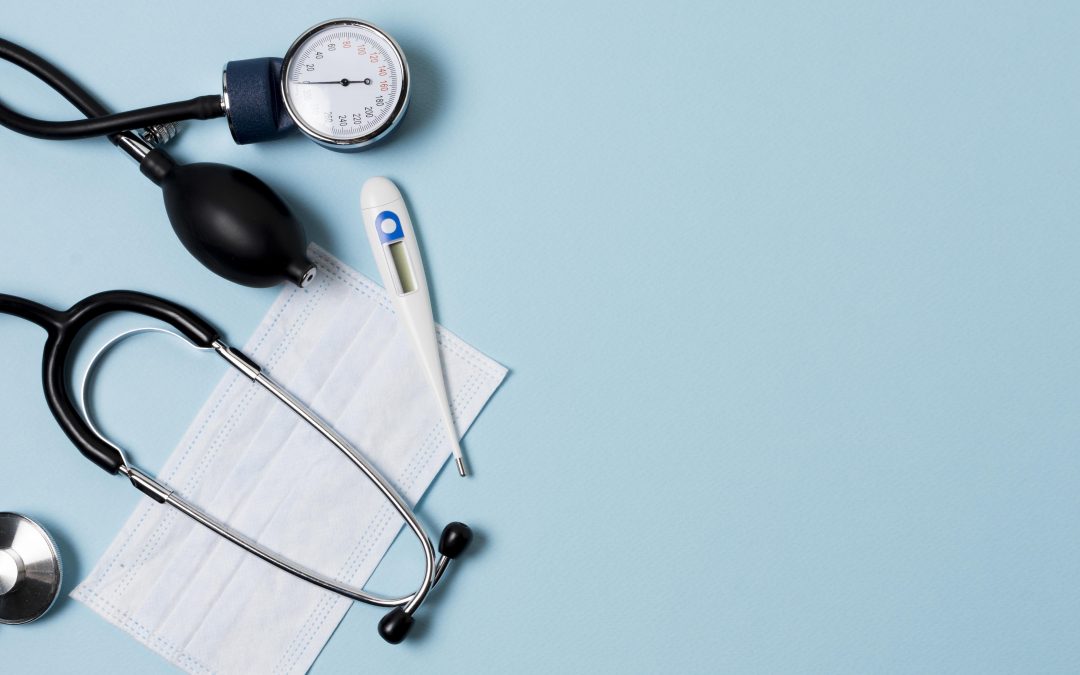The majority of folks diagnosed with diabetes are prescribed diet and exercise, with or without a medication or two. They are also asked to self-monitor their blood glucose. While taking medicine, monitoring blood glucose levels, and planning healthy meals can sound fairly easy, putting these actions into practice is tougher for some.
This post will focus on some barriers to taking medication and how to overcome them.
Common barriers to taking medications include cost, timing, side effects, and individual attitudes about medications. First off, the potential financial hardship associated with medicines can be a difficult issue for some to share with their provider, but when cost is discussed upfront, options can be explored. There are several diabetes medications that have been around for a long time. When the cost of some medications is prohibitive, these older, more affordable pills and insulins work well when meals are well-timed and persons understand when and how to take them. Some provider offices also offer free samples of the newer medications that can help persons in the insurance ‘doughnut hole’ or others without insurance or have a high deductible to meet before benefits kick in. One free option: exercise. The blood glucose benefits of physical activity include lowering blood glucose. For those persons motivated by the potential of saving money, this can be a life changer.
Another common problem is remembering to take medications. Those who frequently forget to take their medicine should begin to analyze why. Walking through the ideal situation of when and where the medication is to be taken is a good start. Establish a routine. Begin with a watch or phone alarm, leave reminders on your refrigerator or night stand. Plan where you and your medication will be when needed. Whenever possible, place the medication strategically in plain site. For example, place your meds on the table where you eat or have your evening snack. If not at home, find a way to carry it near your phone or wallet. Set a goal. Each day you take your medications(s) as prescribed, mark your calendar to monitor your progress towards 100 % success. An improved A1c is your reward.
Side effects of medications can range from minor gastrointestinal distress to dangerously low blood glucose levels. Personal experience or fear can often cause inconsistent dosing.
How the medication works will generally determine potential side effects. Drugs that alter the digestive process can cause stomach upset. Medications that increase the release of insulin or subcuteneously injecting it will cause lows when timing of the dose and meals is not in sync. Carrying glucose tablets is recommended for anyone with diabetes as well as knowing the signs and symptoms of hypogylcemia, generally a blood glucose below seventy.
While the logistics of cost and routine can interfere with taking medications, our psyche can be the biggest barrier. Just like fear of side effects, the idea of needing medication or an additional one can be emotional. It may begin with denial of the disease, lack of symptoms, or feeling ‘I can do this without medication’. Needing pills can represent guilt for not better making better lifestyle choices, or represent a sense of ‘getting old’ or mortality to some. Still for others it can be the stimulant to get their health back on track. Diet changes and exercise can often vastly improve blood glucose, but can be easier said than done. Think of medication as the safety net protecting the body from harm done by high blood glucose levels until the plan has a chance to make a difference. When blood glucose levels improve, coming off a medication could be a possibility.
Barriers to taking medication can be overcome. It’s important that cost, timing, side effects, and personal concerns be discussed with the prescribing provider. Just like establishing any good habit, thinking through why, when, and how to take medication will help develop a plan that can beat down the barriers. Medications are one important tool in the toolbox of blood glucose control. Add support from educators, family, or friends and the steps to successful self-managing diabetes can become a habit.



